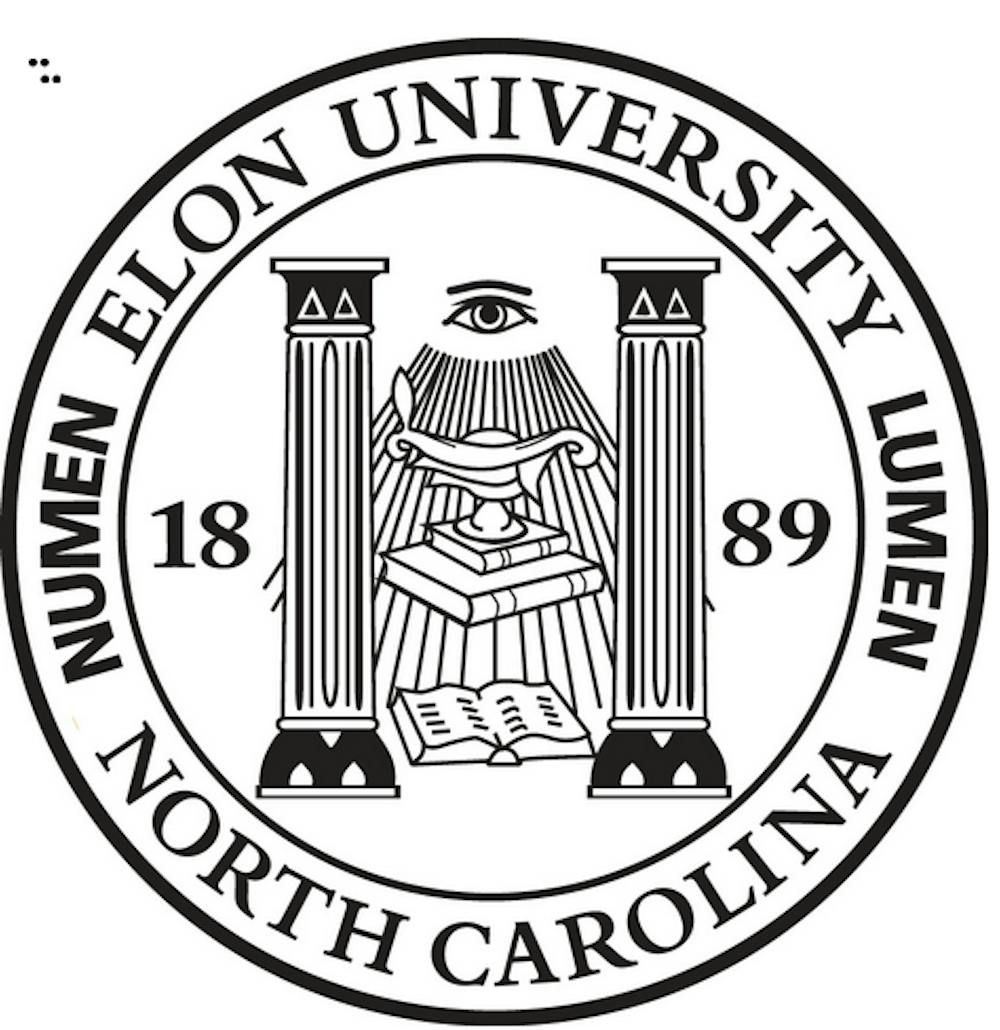What now stands as a nationally recognized institution was once struggling college with 200 students in three buildings.
In 1911, following the resignation of President William Staley, who chose to continue pastoring his church in Virginia, new President William Harper sought to address three of the main issues affecting the development and progress of Elon College: gaining accreditation from the Southern Association of Colleges and Schools, absolving the debt the college had racked up and working to secure funding for desperately-needed new buildings
Dissecting the seal

Interactive graphic by Jeff Stern, online managing editor.
During that time, a professor of psychology and mathematics named Walton Wicker began to develop what is now the Elon University seal, hoping to solidify Elon’s new commitments.
“The seal represents the goals and objectives we have for our students, which have not changed over the past 120 years,” said George Troxler, professor emeritus of history.
Wicker relied on his vast knowledge of masonic symbolism in order to use the seal to represent the core values that Elon still holds today.
“The fact that Numen Lumen is the official Latin motto matches well with what the university represents: spiritual and intellectual light,” said Dan Anderson, vice president of University Communications.
Despite the changes that have taken place on campus since the seal was created, it has only been modified once. In 2001, when Elon College officially became a university, the school implemented the name change on the seal, but the rest remained intact.
“The seal held a more important significance back then,” Troxler said. “It was more important in the early years of Elon than it is today because the school was young and still struggling and did not have a strong identity. It was the symbol that showed Elon’s goals and objectives because Elon did not have a strong identity at that point.”
Today, the seal is used only in official university business and can be seen at important university events such as Convocation and Commencement.
“We do not use it as a logo in any sense of the word,” Anderson said. “Its use is for official documents like diplomas and contracts. The other main use is in the Office of the President as the official and formal logo of the business of the university.”


